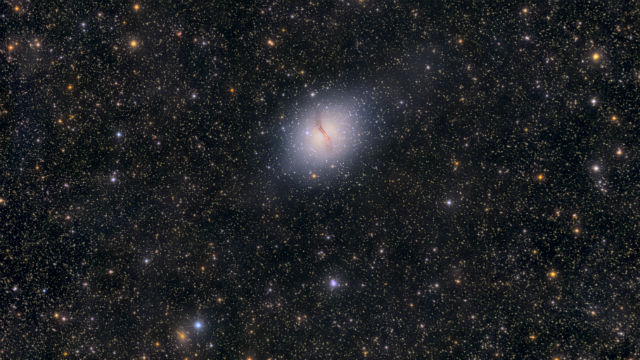Afraid to Go to Mars? Send Your Science Experiments Instead.

What’s the Latest?
You may remember Mars One as the Netherlands-based non-profit which last year put out a call for volunteer astronauts to colonize Mars by 2025 (Bigthink covered the story here). For those not yet ready to sign up to die on Mars, the organization has opened another avenue for participation.
Proposals are now being accepted for scientific payloads to be sent to the red planet as part of an unmanned mission in 2018. The Mars One organizers say the 2018 mission will prepare the organization for its primary endeavor — to send four astronauts per year on one-way trips to Mars beginning in 2024.
What’s the Big Idea?
Space.com has the scoop on what the Mars One folks are looking for:
The four demonstration payloads will test technologies needed for the permanent human settlement of Mars. These will include an experiment to collect Martian soil for water production, an experiment to extract water from the soil, a thin-film solar panel for energy generation and a camera system that will interface with a Mars-synchronous communications satellite that will relay live video to Earth, according to Mars One.
In addition, Mars One is also seeking one University payload and two highest-bidder payloads — seven in all. Bas Lansdorp, co-founder and CEO of Mars One, explains that the diverse grouping of experiments will represent an opening of Mars to the entire world. Previously, the only payloads to have reached the red planet were specifically selected by NASA.
Go ahead and peruse Mars One’s official release.
Keep Reading at Space.com
Photo credit: SergeyDV / Shutterstock





